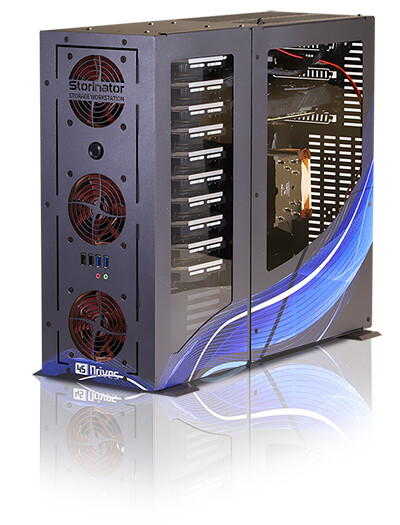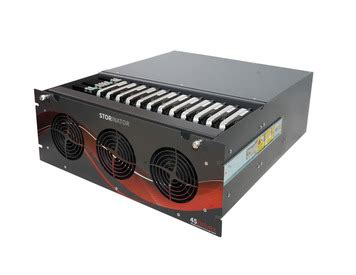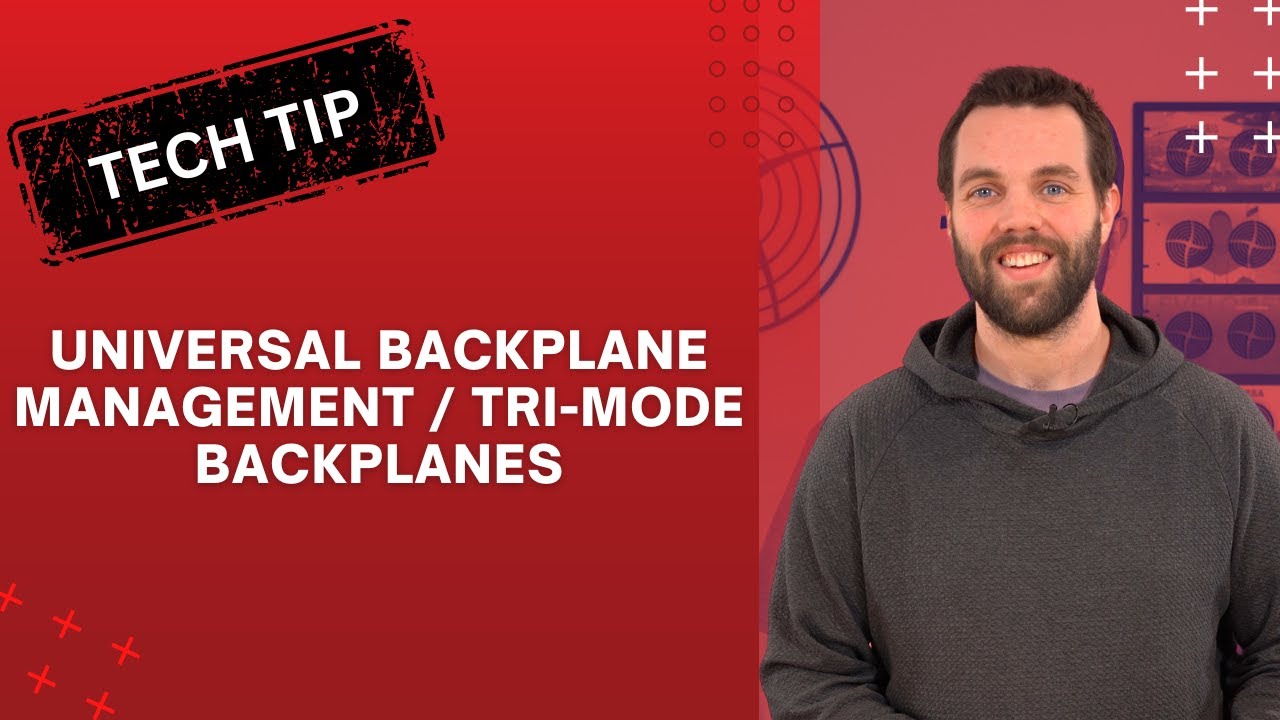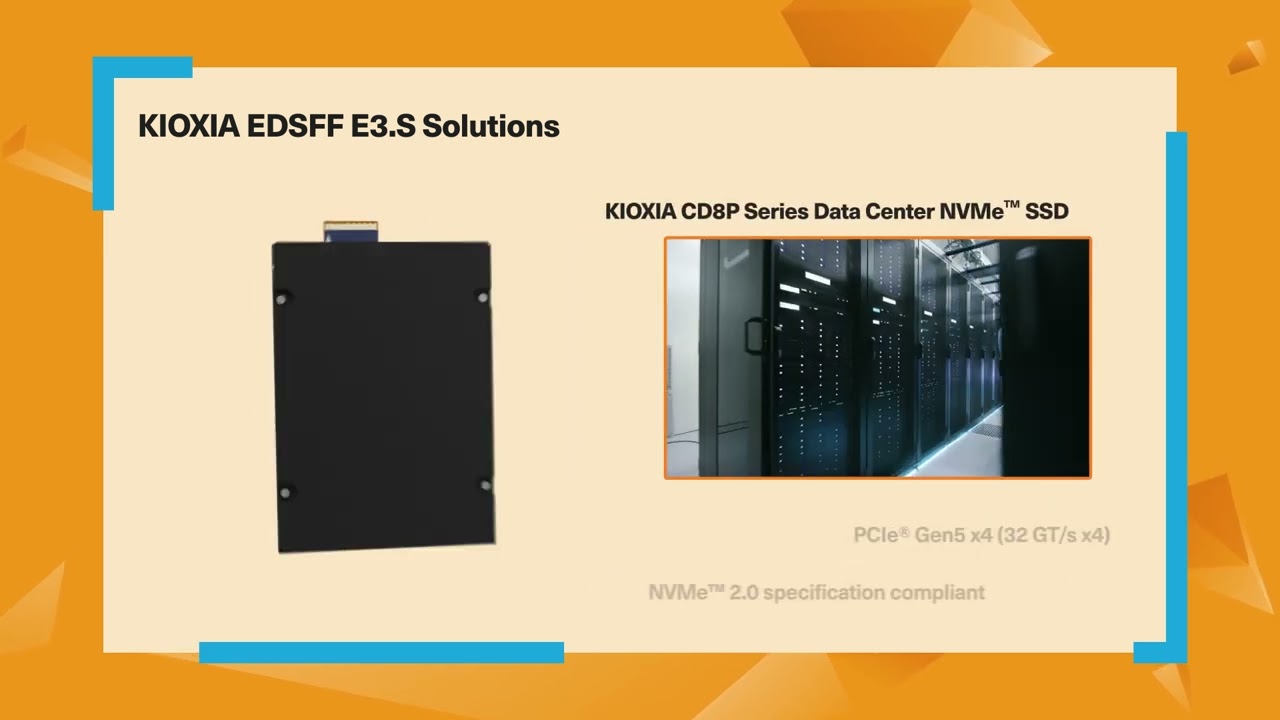Good feedback. 2 things.
(1) I’m ok if it can’t exactly be 3x plates of 5x connectors each for a total of 15 drives. It could totally be an alternative arrangement. So IDK, maybe it’s 4 plates of 4x drives, but with the understanding that you can’t use that 4th drive on the last plate next to the left wall of the case. That way you’d still get a total of 15 drives (1 plate x 3 drives + 3 plates x 4 drives if we’re going left to right across the front of the case). There are just lots of ways these plates could be laid out: 3x drives per plate, 4x, or 5x, etc.
I’d also say that when doing product design, there are an almost infinite amount of factors that have to be juggled simultaneously when first starting out which can easily lead to paralysis if we’re all not careful. So we may or may not want cabling to our #1 top of mind driver when we as a group are doing early stage product design brainstorming. At least not for a rackmount, server case. It may instead be better for for us to figure out the core specs and features we want first. Then the 45 Homelabs Team can go back, huddle for a bit, and then come back out of the huddle to us and say “Ok, well, if we were to design the backplane modularly, then here is how it might work in terms of the raw drive layouts. Here are the options we can actually give you. What do you guys all think?”
Then practically speaking, I like the idea of them making more raw drive capacity available even if that means I have to buy an extra cable or 2 or even if that means there are few more extra cables that I have to jiggle around with in order to make the power distribution work. Also given how the HL15 v1.0 is built today, the Homelabs Team has already done a pretty good job of running all of the backplane cables run underneath their backplane. They give you enough access to the cables when you really need it, but they also make sure that the cabling is out of the way when you don’t need access to it.
(2) All of the above being said, I don’t want to miss the forest for the trees here. To me, the exact cable layouts, backplane plate layouts, etc. is all a totally negotiable thing. My uber point was that a modular backplane should be 1 of the core features that I really think they should build in to their product specs for the HL15 / HL30 and similar cases moving forward.
- If they build this modularly, it’s just a way more long term scalable design.
- Best of all, a modular design, allows them to hit all of the different price points and different market segments that people are asking for in terms of what future HL15 / HL30s might look like.
In closing, I think a modular backplane addresses the excellent point that you (DigitalGarden) initially raised above. The one where you said that there is a real danger in making this design a “one size fits all” type of a thing. The more we talk about this, the more I realize that you were very right about that. Because while we all are excited about the idea of a new backplane design, it’s already very obvious from this thread that there are many, many ways to bespoke it.
So I’ll close by saying it again, we need 45 Homelabs to give us “LEGOs for Backplanes” 



